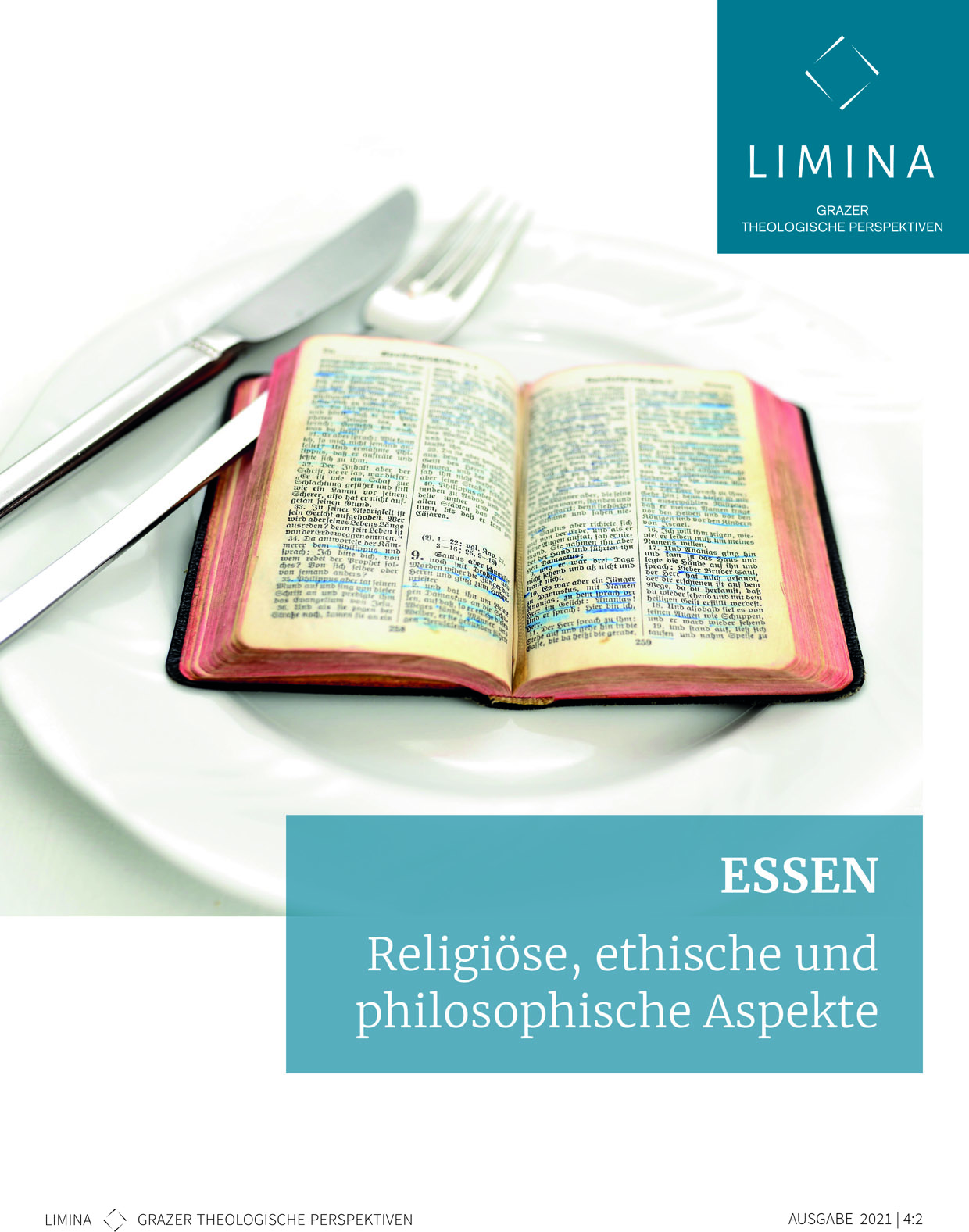The transfer of fasting From monastic asceticism to holistic therapeutic fasting
Main Article Content
Abstract
Fasting as a monastic practice appears to be less strict today than it was in the past. It is also grounded in different objectives and reasonings (e. g. ecological considerations). At the same time, various forms of fasting have emerged in secular society that go beyond even traditional monastic practices of asceticism. One such example is the fasting method developed by Buchinger-Lützner, which is designed to thoroughly cleanse the body, spirit and soul, and is being practiced among religious as well as ‘holistic’ circles of a new spirituality. Fasting, therefore, exemplifies the transfer of ascetic practices from monastic to secular communities. However, it also reveals this transfer to be reciprocal as monasteries, for example, offer fasting retreats according to the Buchinger-Lützner method, and monks and nuns take up this fasting practice.
This article traces the evolution of fasting and its transfer from a religio-sociological perspective. Findings will be presented from field research in Catholic monasteries in Austria as well as observations at fasting and walking retreats.
Article Details
The author(s) retain copyright without any restriction.
LIMINA provides immediately upon publication open access to its content. The content of this journal is licensed under the Creative Commons Attribution 4.0 International Licence. By submitting a contribution, the author(s) agree(s) to the terms of use of the CC BY licence.

